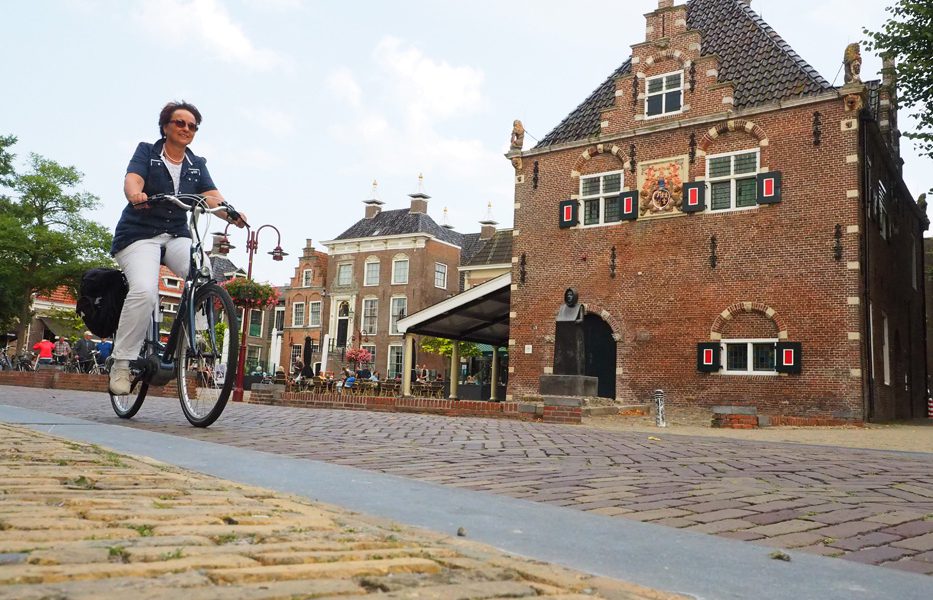City #7: Workum – The coziest and largest museum in Friesland
Port, trade and crafts town Workum is one of the youngest Frisian Eleven Cities, but given the dozens of historic buildings in its elongated core, you would think it is the oldest. It only received city rights in 1399, while nearby and much smaller Stavoren, also a port town on the Zuiderzee, had them as early as 1118.
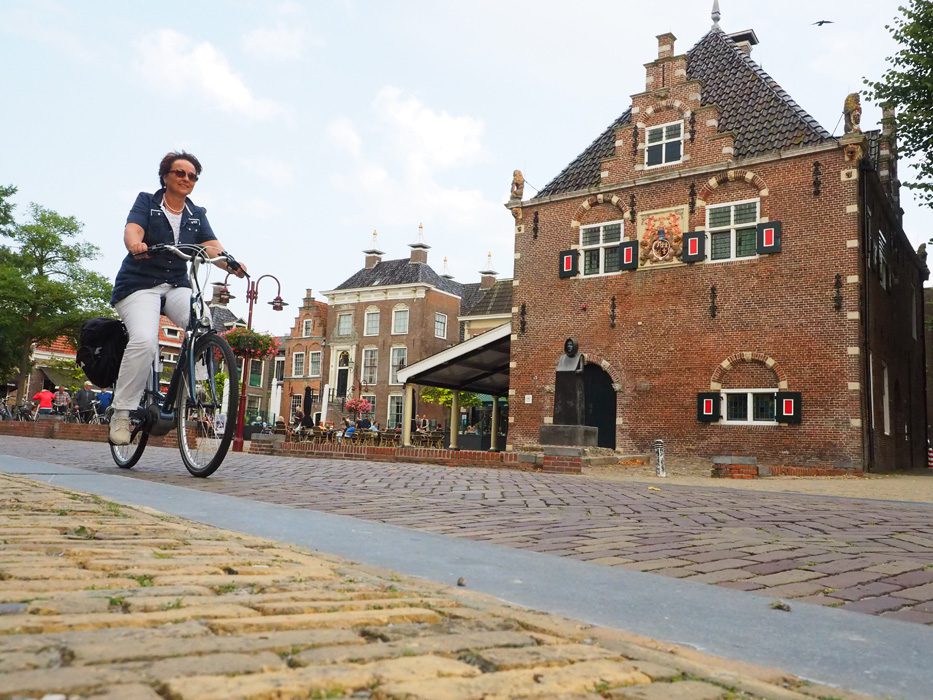
De Waag – Workum
Strontrace Anyone who really wants to experience the atmosphere of Frisian-Dutch sailing freight shipping from one to two centuries ago should be at the start and finish of the Strontrace, held annually in October, near the shipyard. Visit the website www.zeilvaartcollegeworkum.nl for current dates. The Strontrace is a regatta with classic sailing ships carrying dried cow dung. They sail and tree from Workum to Warmond in South Holland, via Amsterdam, and back again. The competition recalls Workumer skippers who, until 1950, every spring when the farmers in Friesland were mucking out their stables, took 150 tjalks and clippers (carrying 100 to 160 tons) carrying stinky wet cow manure to the barren dune sands of Warmond, Hillegom and Lisse. There, around today’s amusement park De Keukenhof, the manure from Frisian farmers and Workumer freighters enabled the Bulb Region, the land of Dutch tulips, to flourish. Living from and on the sea Trade and seafaring brought Workum prosperity from the 13th century onward, partly because other Frisian towns lost their open connection to the sea over the centuries. Workum was not directly on the sea, but had a connection to the Zuiderzee via the two kilometer long dug waterway It Soal. That sea has been called IJsselmeer since the construction of the Afsluitdijk in 1932. Inland, Workum had a connection to the Frisian lakes, formerly very important because of the lack of good land roads in Friesland. Workum once had a large fishing fleet, as did the other Zuiderzee ports of Lemmer and Makkum. Many Workumer fishermen were also active in the eel trade on London between 1800 and 1900, as were residents of the nearby village of Heeg south of Sneek. Thousands of tons of Frisian eel went to England, but around 1900 it was the end of the story. In 1907, the last Workumer eel trader sold his business.
Gedempte vaart Workum originated along the dug waterways Wymerts and Dolte. Most and most beautiful houses were built along the quays of the Wymerts, giving the town an elongated shape. In 1785 the Wymerts was filled in and so the two main craft and shopping streets came into being in line with each other: It Noard and It Súd, Frisian for north and south. The oldest buildings, thus once located along a waterway, have beautiful showy facades, facades with a story. Even after 1800, when seafaring declined due to the silting up of the harbor, the Workumers still fared well. This is evidenced by the fact that beautiful 19th century houses were built on It Súd. Workumer pottery In the museum Warkums Erfskip, which is located in the Waag on the Merk, there is a large collection of original Workumer pottery of Pottery Factory R.F. de Boer on display. At the end of 2005, potter Rintje Freerks de Boer stopped making this typical pottery, reddish-brown in color with ring-ear decoration. He was the last descendant of a family of potters who, since about 1670 in Workum, produced all kinds of utilitarian pottery, including drainpipes and red-brick flower pots and kerfsnee pottery. Workum still has some pottery workshops, among others in and behind restaurant It Pottebakkershûs on the Merk, where those interested can see how the old techniques are still applied. There is also an exhibition of Workumer pottery in the restaurant.
Jopie Huisman, the Rembrandt of Friesland A “must” if you are in Workum: visit the Jopie Huisman Museum on It Noard with the works of old metal and clothing dealer and artist Jopie Huisman, who died in 2000. You don’t have to be an art connoisseur to be impressed by the works and colorful life philosophy of the Frisian self-taught painter. The world-famous painter Rembrandt van Rijn, had Jopie lived 400 years ago, would undoubtedly have been fascinated by his artistic achievements. They are incredible! And those who do not like art at all, but rather a succulent depiction of a life amidst clutter and nature, unusual people and culture, will also return from a visit to his museum with great satisfaction. The art house collects, preserves and exhibits drawings, paintings and inspirations of the painter who lived in Friesland from 1922 to 2000. The art estate also offers a generous glimpse into the captivating life of the warm-hearted painter who clung to his self-turned cigarette, humor, art, music, tall tales and antics of – often famous – friends. Take your time, for him and Workum, otherwise you are guaranteed to be short of eyes and ears!
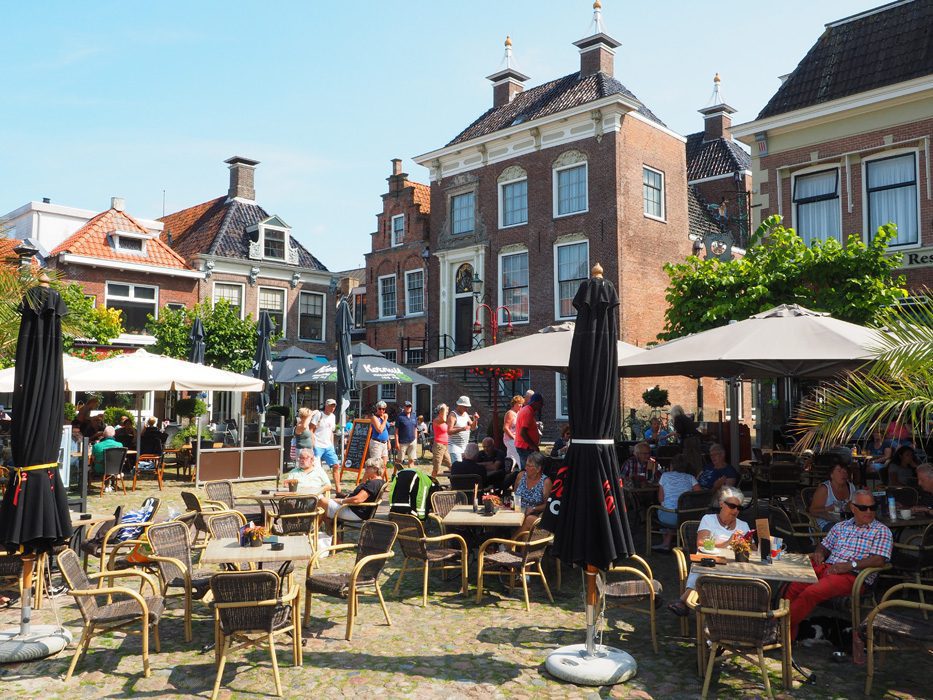
City Hall – Workum
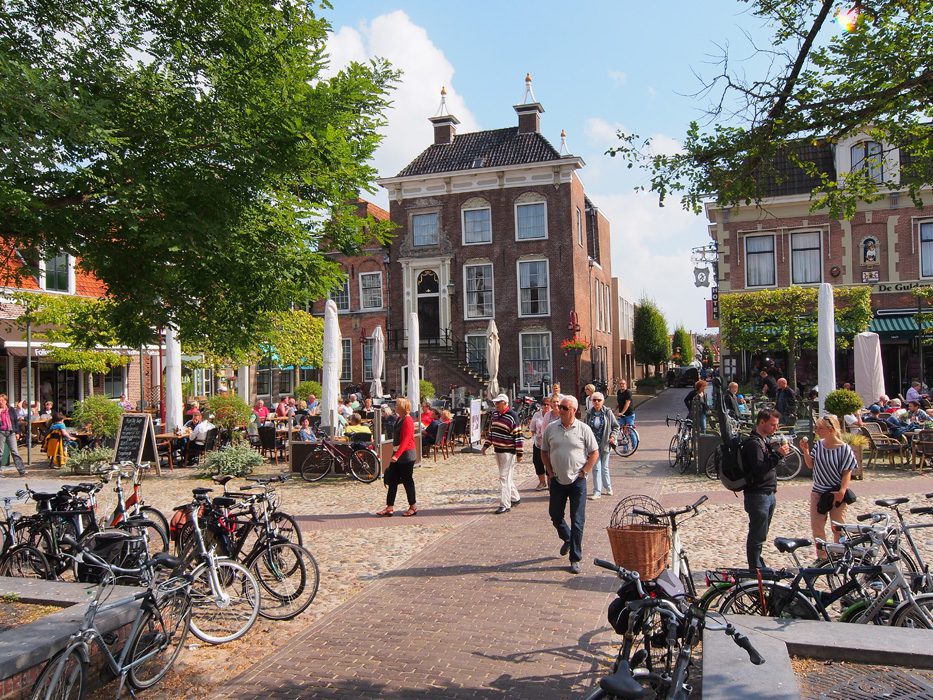
City Hall – Workum
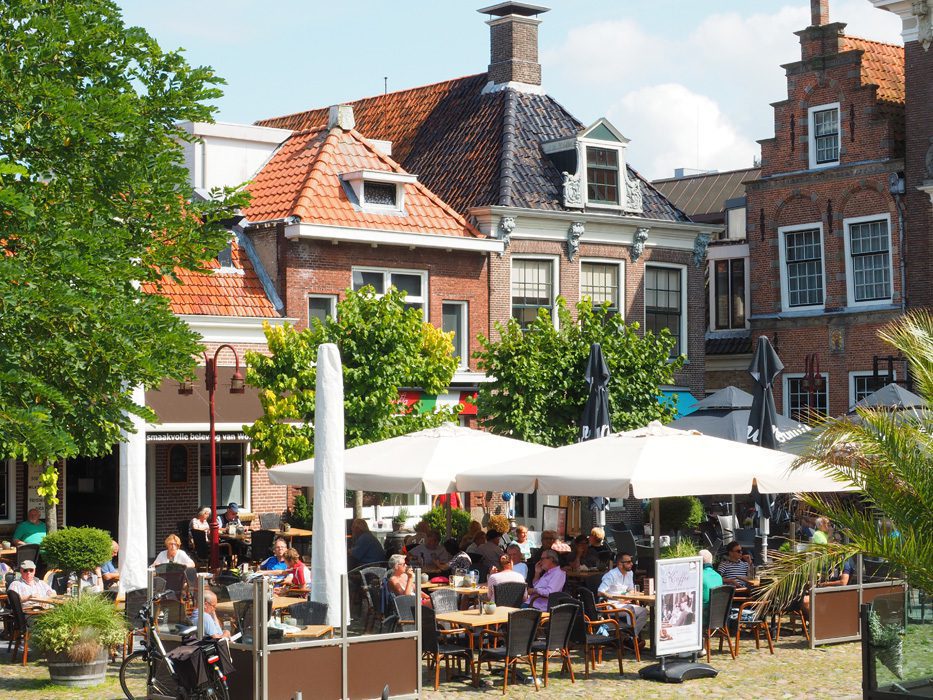
Workum
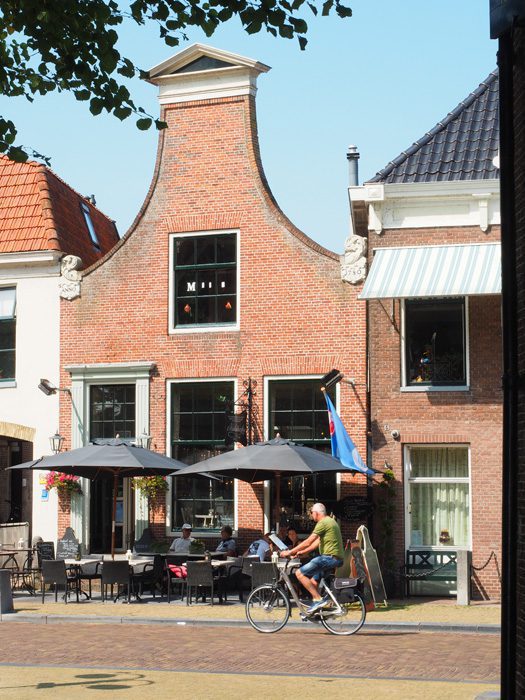
It Pottebakkershûs – Workum
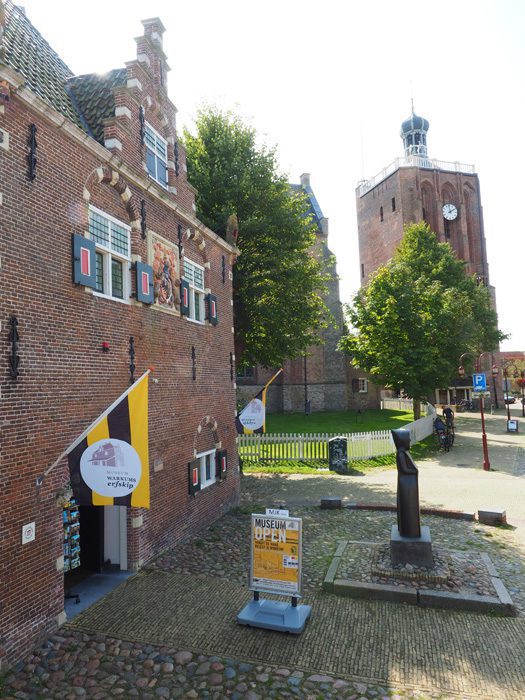
Museum Warkums Erfskip – Workum
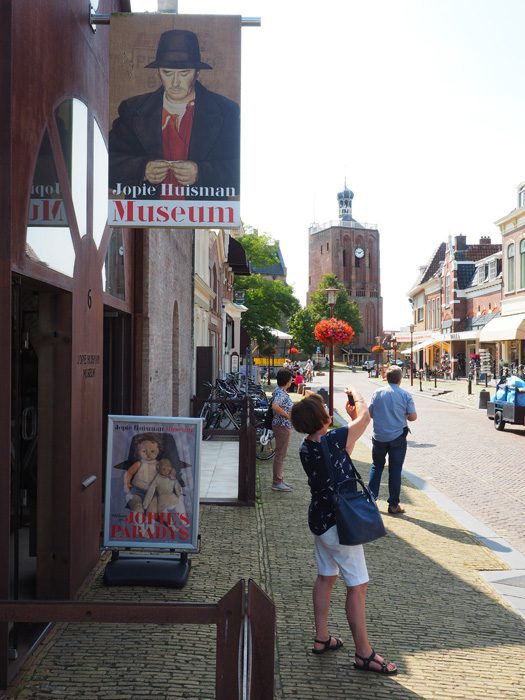
Jopie Huisman Museum – Workum
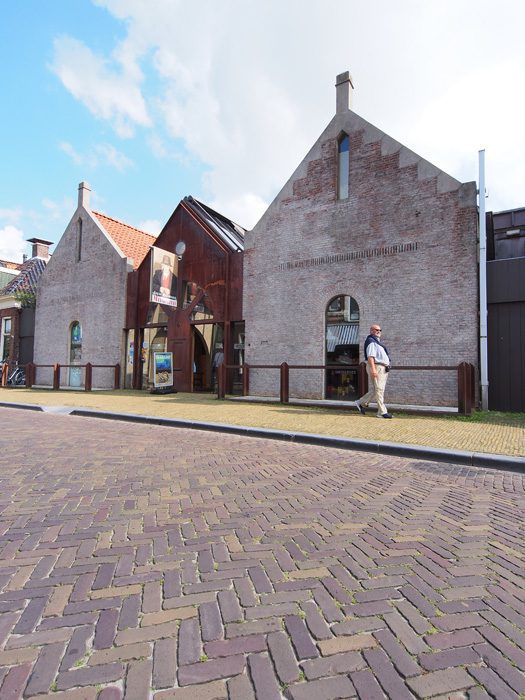
Jopie Huisman Museum – Workum
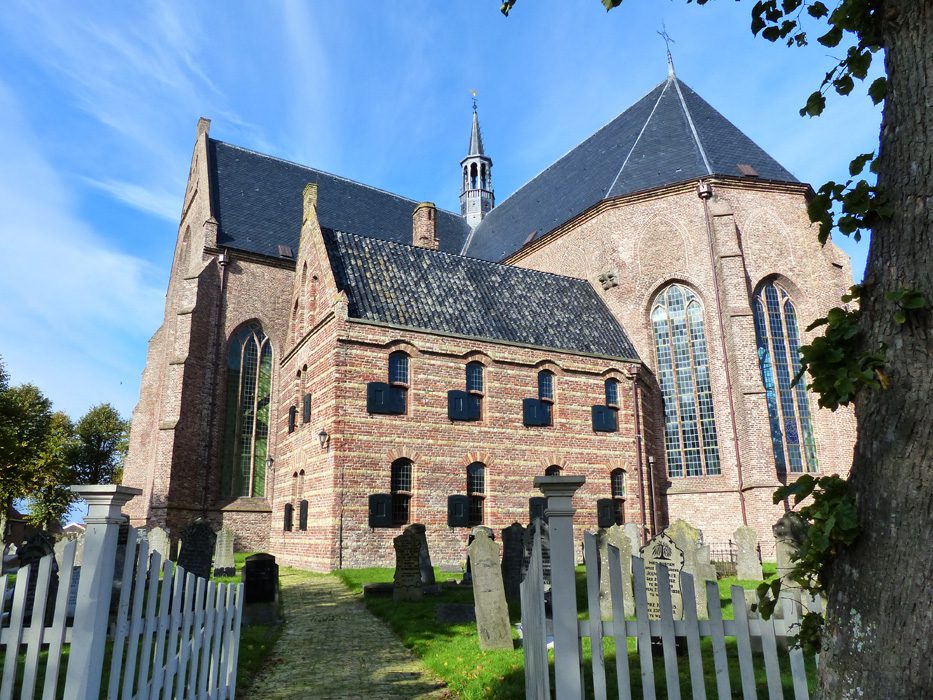
The Great or Saint Gertrudiskerk – Workum
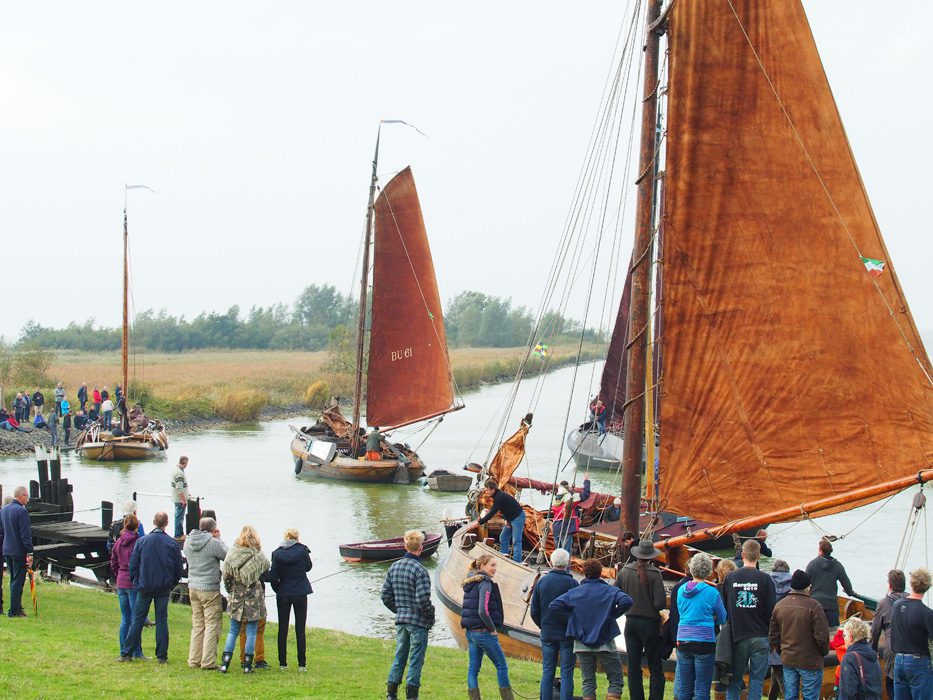
Traditional Sailing Regatta ‘Strontrace’ – Workum
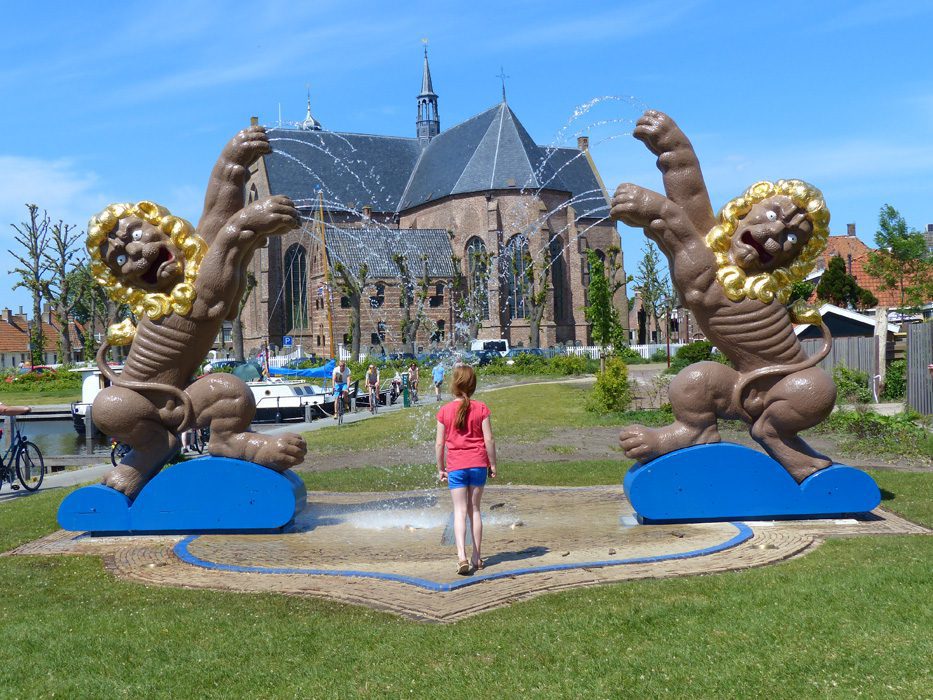
Fountain The Savage Lions of Workum – Workum
